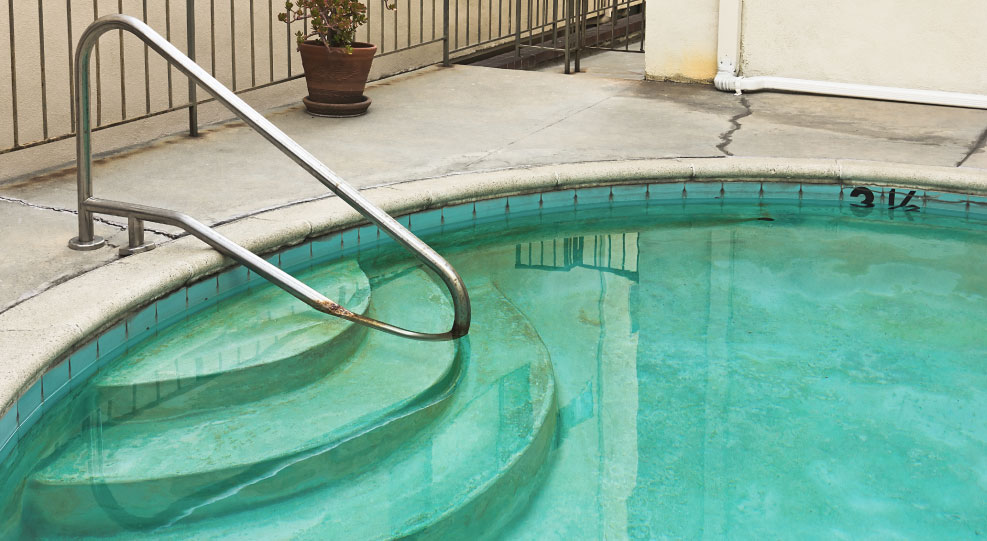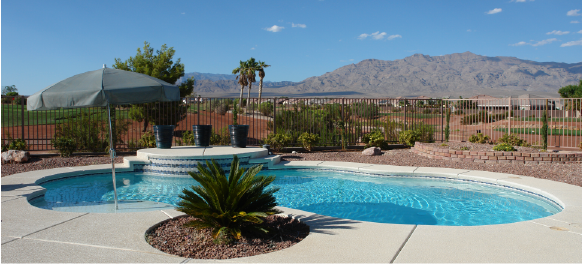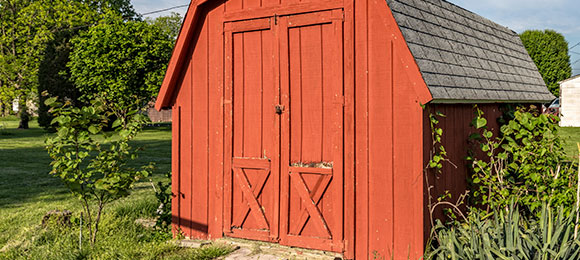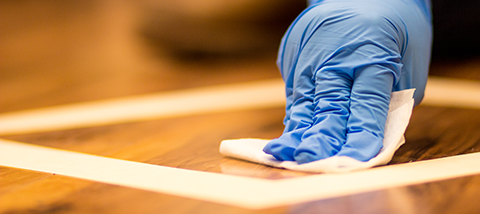
Updated August 4, 2021
Asbestos is very difficult to identify simply by looking at it.
The most common sources for asbestos in the home include sheet vinyl flooring, popcorn ceilings, mastic, heating pipe insulation wrap, wallboard, etc.
To determine if your home contains asbestos, you will need to send samples to a designated lab for testing.
This guide will go over:
How DIY Asbestos Testing Works
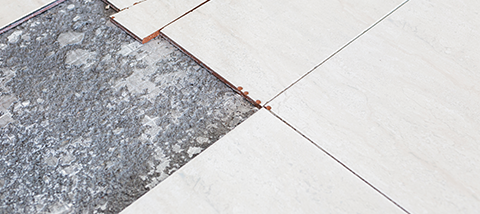
There are a variety of asbestos test kits available from home improvement stores, like Home Depot and Lowe's, as well as Amazon.
How It's Done
Typically, asbestos test kits have a simple three-step process:
1. Collect suspected asbestos from your home.
2. Mail the findings to a laboratory.
3. After a few days, the results are sent back to you.
The proper safety precautions should always be followed. Make sure you wear gloves, respirators with HEPA filters, safety glasses, disposable coveralls, and boot covers.
Use plastic sheeting to seal off all doorways and openings in order to prevent contaminating other areas of your home.
To minimize airborne asbestos fibers, mix 1 teaspoon liquid dish soap with cool water in a pint-size spray bottle and thoroughly spray down the area from which you will be collecting the sample.
Solid and Friable Materials
Solid or crumbly materials are typically less expensive to have tested than dust samples.
With these types of materials, carefully cut out a small sample, place it in the bag provided in the kit, close it up, and send the sample off in the mail.
Once the lab tests the material, they send your results back to you within a week or two.
Some kits offer the option to pay more for faster results or the option to pay a reduced rate for multiple samples.
Dust Samples
Because dust samples are smaller, they're harder to test and require an electron microscope to do so, causing the cost of testing to go up with dust samples.
Typically, the kit will advise scooping up as much dust as possible, ideally 1 teaspoon's worth.
If you're unable to scoop up much dust, try using a damp tissue or paper towel to wipe up the dust and then enclose the entire tissue or paper towel in the resealable bag.
While it's certainly possible for homeowners to collect the samples themselves, it’s much safer to hire an asbestos removal professional for the job.
To find a licensed expert in your area, search for “asbestos inspection” online. The U.S. Department of Commerce offers a list of accredited asbestos laboratories online.
Average Costs
One of the most popular kits is the PRO-LAB Asbestos Testing Kit, and it typically costs less than $10 for the kit and $50 for the lab analysis fee.
In some situations, the testing kit cost includes the kit fee and laboratory fee, while others have two separate fees.
When comparing prices, check whether or not the fees are separate and whether or not a pre-paid mailer is included.
How Professional Asbestos Testing Works
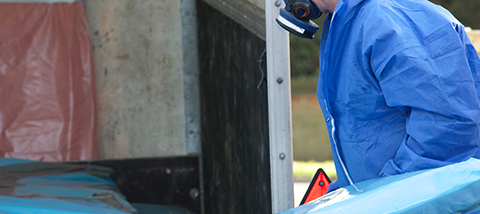
Hiring a professional to test for asbestos is highly recommended, though it does cost more.
However, the peace of mind you get from knowing the testing will be done safely is priceless.
How It's Done
When a professional comes to collect asbestos, they come fully equipped with all the right tools and safety equipment.
They collect samples from any areas of concern and send it off to the lab to be tested, all while ensuring no particles become airborne and you and your family stay protected.
Average Costs
The cost of professional asbestos testing depends on the number of samples tested and the methods used, with the total cost of labor running around $350-$600 on average.
Polarized Light Microscopy is the most popular testing method, ranging from $20-$100 per sample on average.
Transmission Electron Microscopy is another popular option among labs but is more expensive.
Find interior demolition experts near you
Keep reading:
